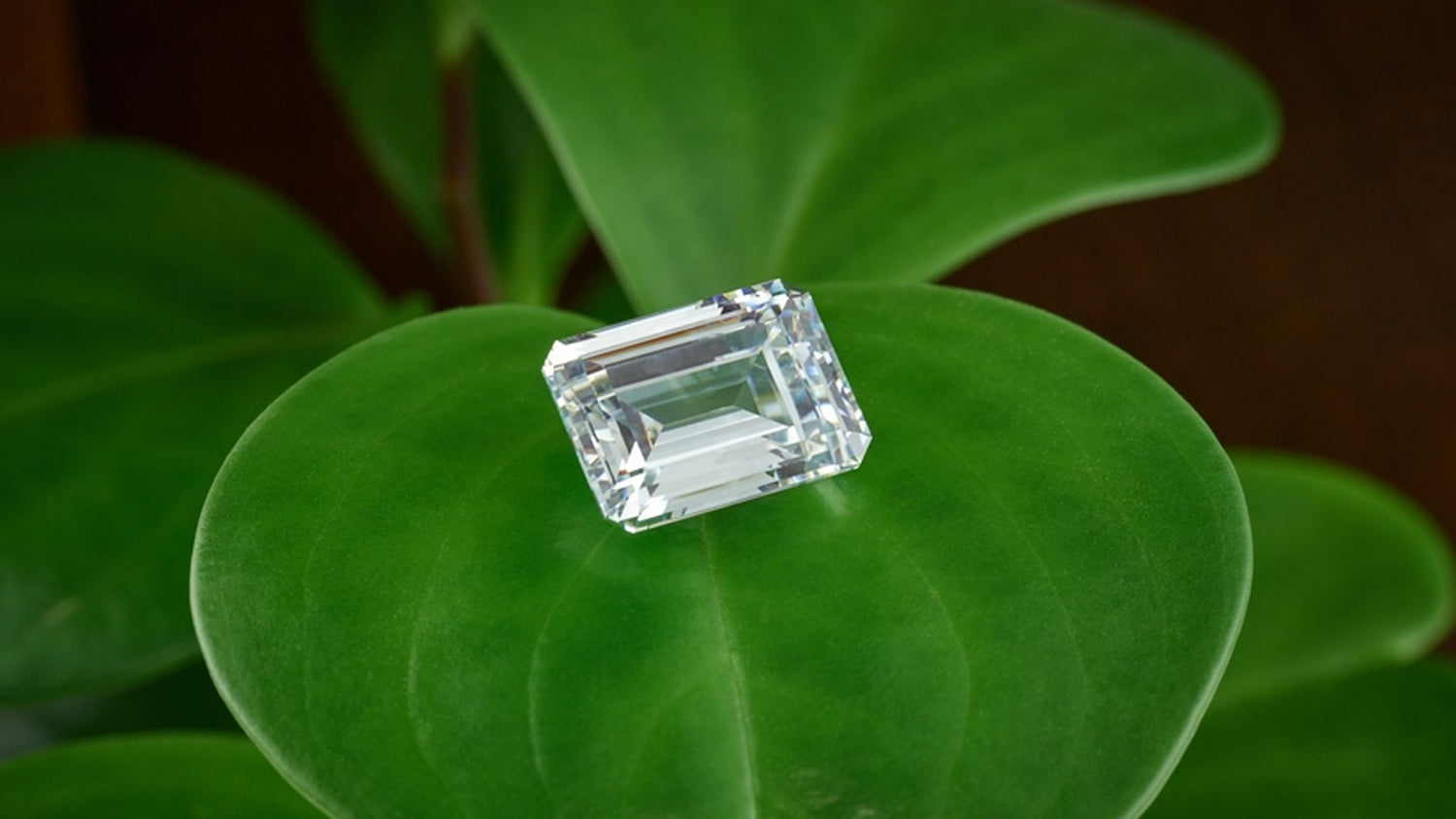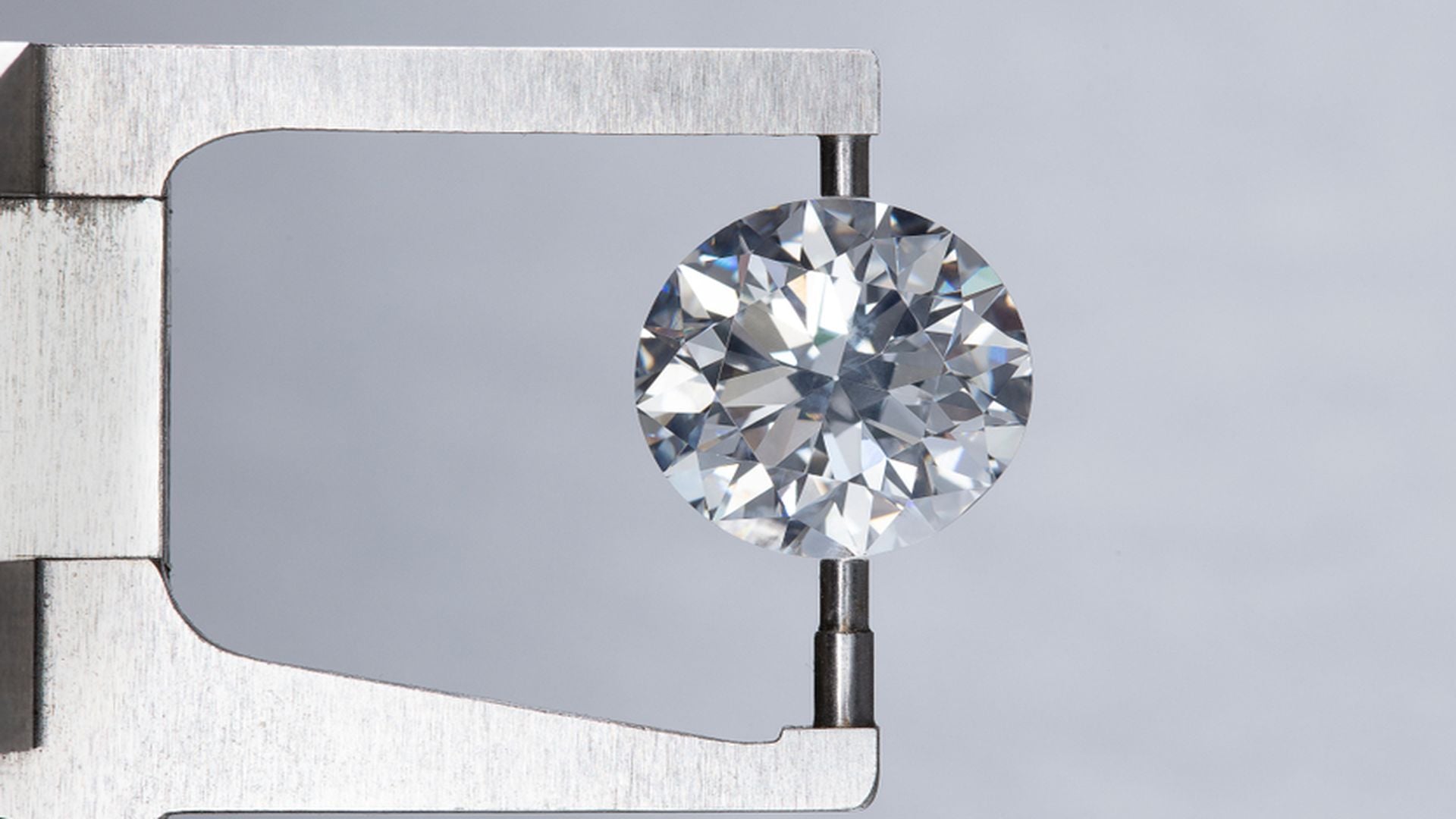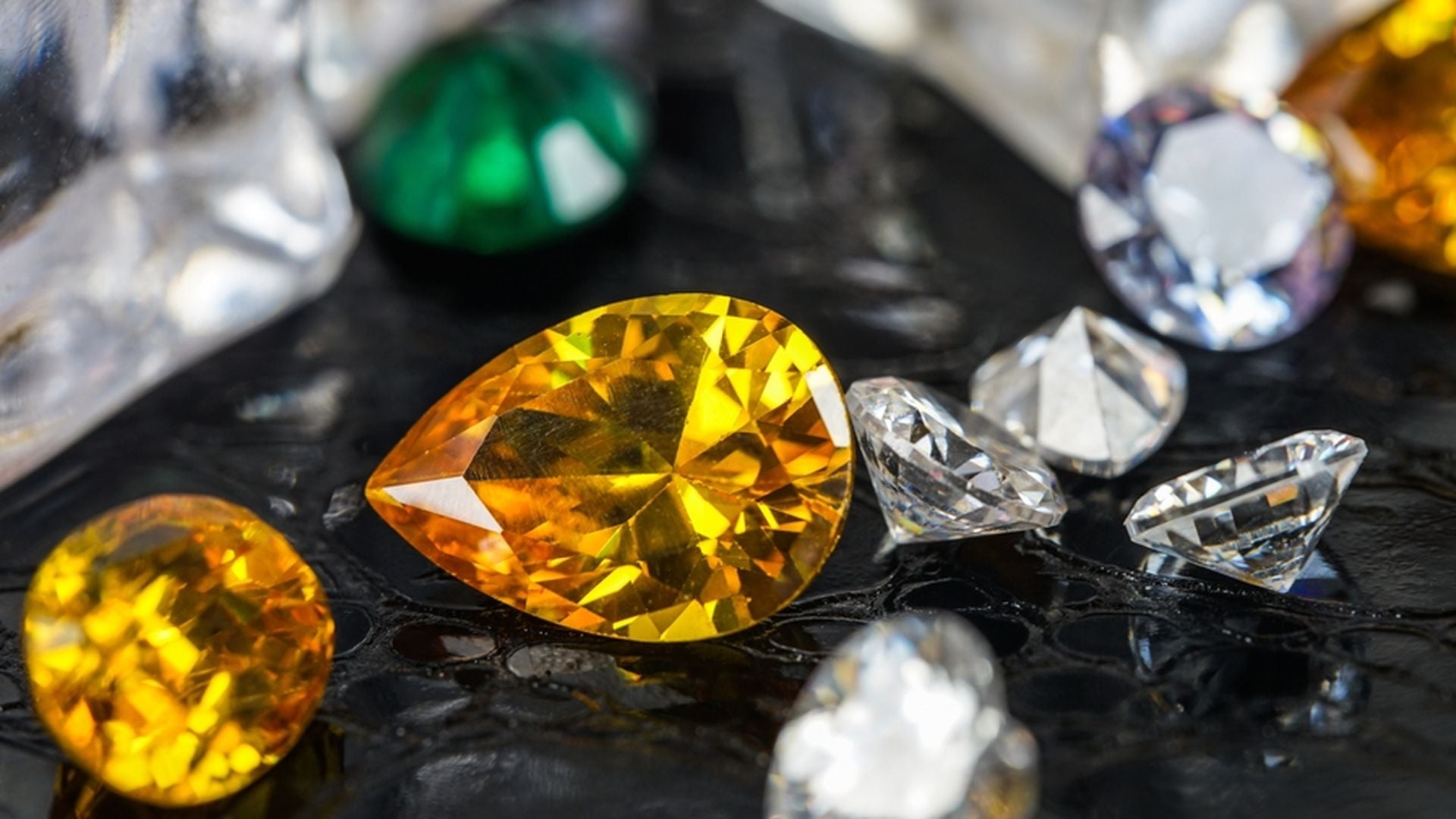
Diamonds are renowned as the ultimate symbol of luxury and wealth. These precious gems have been treasured throughout history for their unique beauty and durability. For thousands of years, diamonds were mined from the earth, with increasing production coming from countries such as Russia, Botswana, Canada, and Australia.
However, in recent decades, a new type of diamond has emerged that is causing quite a stir in the jewellery industry – lab-grown diamonds.

Lab-grown diamonds, also known as created diamonds, grown diamonds or cultured diamonds, are diamonds that are created in a laboratory rather than being mined from the earth. They are made using advanced technological processes that replicate the high-pressure, high-temperature conditions that occur deep beneath the earth's surface, where diamonds are formed.
Lab-grown diamonds have the same chemical, physical, and optical properties as mined diamonds.
The first successful experiment to create diamonds in a laboratory was conducted in the 1950s by General Electric. However, the process was expensive, and the diamonds produced were small and of low quality.
Over the years, technological advancements have improved the process, making it more affordable and producing diamonds of higher quality.

There are two main methods used to create lab-grown diamonds: High Pressure High Temperature (HPHT) and Chemical Vapour Deposition (CVD).
In the HPHT process, a diamond seed is placed in a chamber and subjected to high pressure and high temperature. Carbon is then added to the chamber, and over time, it crystallises onto the seed, creating a larger diamond.
In the CVD process, a diamond seed is placed in a vacuum chamber, and a mixture of gases is introduced.
The gases break down in the CVD process, and they deposit onto the diamond seed, creating a larger diamond.

One of the main advantages of lab-grown diamonds is their ethical and environmental sustainability. Traditional diamond mining has been associated with environmental destruction, human rights abuses, and conflicts in diamond-producing countries. Lab-grown diamonds, on the other hand, have a much lower environmental impact as they do not require mining or the displacement of communities.
Additionally, they are created in a controlled environment, ensuring that the production process is free from unethical practices.
Another advantage of lab-grown diamonds is their affordability. Mined diamonds feature artificially inflated pricing based on the myth that they are rare and advertising firm-created "emotional value." Lab-grown diamonds, on the other hand, are priced based on the cost of production, which results in the first ever luxury jewellery that is priced fairly. This makes lab-grown diamonds an attractive option for consumers who want a high-quality diamond at a fair price.

Lab-grown diamonds have been met with pushback from the century-plus old mined diamond industry.
One of the main criticisms of lab-grown diamonds from those resistant to change is that they lack the emotional and cultural significance of mined diamonds, which the public is still misled to believe are “rare” (in fact, the world is in over-supply of mined diamonds, which leads to the exorbitant prices of mined diamond luxury jewellery in the market!)
Mined diamonds are often marketed to be closely associated with significant life events, such as engagements and weddings, and to be passed down through generations as family heirlooms. These same qualities also apply to lab-grown diamonds, as they are identical to their mined counterparts.
Lab-grown diamonds are a relatively new concept, and the market is ever-changing since their arrival. However, they are just as valuable and long-lasting as mined diamonds.
Diamonds have always symbolised luxury, elegance, and love. For centuries, only mined diamonds were available, and diamonds became a traditional choice for engagement rings, wedding bands, and other special occasions.
However, due to technological advancements, the jewellery industry is currently experiencing a new era of diamonds – lab-grown diamonds. These are diamonds made in a laboratory under controlled conditions that mimic how mined diamonds naturally form underground.
In recent years, the popularity of lab-grown diamonds has rapidly increased, and for good reason. Not only are they eco-friendly, but they are also more ethical than their mined counterparts. A persistent issue for environmentally responsible jewellery advocates is convincing the public that these lab-grown diamonds are, indeed, identical to, if not better than, their mined counterparts. The notion that mined diamonds are rare and should cost two months' salary, as the old advertising campaign suggests, is a myth.

All of this mined diamond thinking is outdated... and simply not true. It's the thinking of the past. Lab-grown diamonds are a unique value proposition.
They are eco-friendly and conflict-free, which means they are not associated with the human rights violations and environmental damage that are sometimes associated with diamond mining. Customers who are concerned about sustainability and ethics may be more inclined to choose a lab-grown diamond over a mined diamond.

The perception of quality from consumers regarding lab-grown diamonds.
Another factor that influences customer acceptance of lab-grown diamonds is the perception of quality. Customers may be misinformed to perceive lab-grown diamonds as inferior to mined diamonds, as they are not formed under the same conditions. However, lab-grown diamonds are chemically and physically identical to mined diamonds and possess the same characteristics that make mined diamonds desirable, such as durability, brilliance, and everlasting sparkle.
To combat this perception, some companies have started to market lab-grown diamonds as a premium product. They are highlighting the fact that lab-grown diamonds are created under controlled conditions, which means they are free from the imperfections that can sometimes be found in mined diamonds. This marketing strategy is aimed at convincing customers that lab-grown diamonds are, indeed, a high-quality product that more than rival mined diamonds.
Brand Awareness in the lab-grown diamonds sphere
Brand awareness is another factor that can influence customer acceptance of lab-grown diamonds. Even given lab-grown diamonds rapid growth in the marketplace, some customers may not be aware that lab-grown diamonds exist or may be hesitant to purchase a product that they perceive as being new or untested. To overcome this, companies that specialise in lab-grown diamonds are investing in building their brands and increasing awareness of their product.
One way in which designer lab-grown jewellery brands are raising awareness is by teaming up with influencers and celebrities to promote their products.

This type of marketing can assist in establishing trust and credibility with customers, as well as increasing awareness of lab-grown diamonds as a viable alternative to mined diamonds.
Furthermore, companies can focus on establishing a robust online presence through social media, e-commerce platforms, and search engine optimisation. By using digital marketing channels, companies can reach a larger audience and educate customers about the advantages of lab-grown diamonds.

It is crucial to ensure that consumers understand that lab-grown diamonds are certified as genuine and of high quality – the same certifications that mined diamonds receive.
Lastly, industry standards and regulations can also influence customer acceptance of lab-grown diamonds. If customers are concerned about the quality or authenticity of the product, they may be hesitant to buy lab-grown diamonds. To address these concerns, the lab-grown diamond industry has established standards and certifications to ensure that lab-grown diamonds meet the same standards as mined diamonds. The two primary industry organisations that certify lab-grown diamonds are the International Gemmological Institute (IGI) and the Gemmological Institute of America (GIA).
In summary, the market for lab-grown diamonds is rapidly expanding as more customers become aware of their benefits. Lab-grown diamonds offer an ethical and sustainable substitute to mined diamonds, without compromising quality or beauty. The increasing demand for these diamonds is also encouraging innovation and competition in the diamond industry, resulting in more options and advancements in lab-grown diamond technology. As customers persist in prioritising sustainability and ethical practices while making purchasing decisions, it is probable that the trend towards lab-grown diamonds will continue to gain momentum in the years to come.





Leave a comment
This site is protected by hCaptcha and the hCaptcha Privacy Policy and Terms of Service apply.